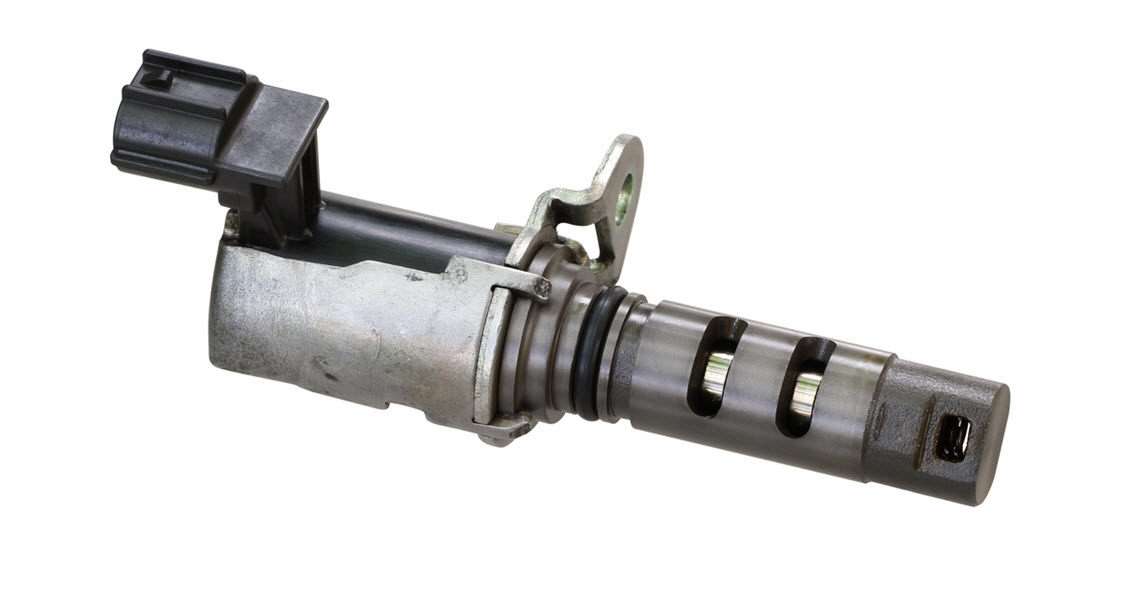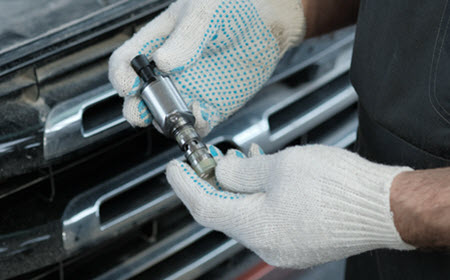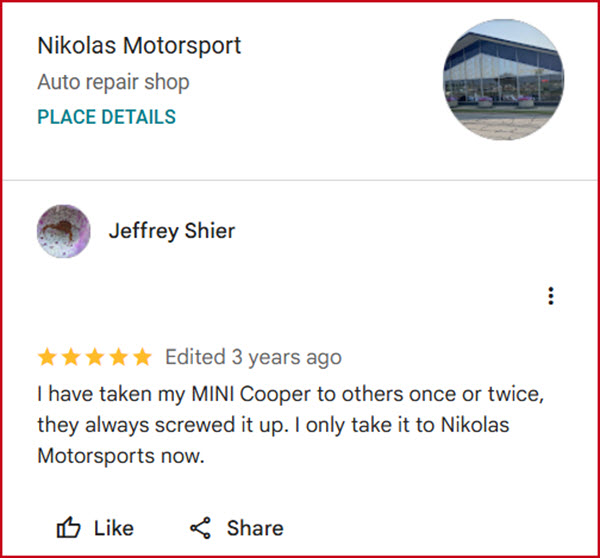How to Diagnose VVT Issues in Mini Cooper?
- September 29, 2025
- MINI Repair
- Posted by Charles Oehmke
- Comments Off on How to Diagnose VVT Issues in Mini Cooper?
 Mini Coopers are one of the most adorable European cars for their sporty looks, high performance, and seamless handling. Plus, their compact size and zippiness make them more preferable for cruising on both city streets and highways. However, just like any machine, even their various auto parts can develop problems over time, which lowers the overall drivability and leads to heavy repair bills later if you don’t pay immediate attention. One such problem is issues with the VVT, or Variable Valve Timing, which is crucial for maintaining smooth and powerful operation of your car. In this blog, we will guide you through the steps to troubleshoot VVT issues in your Mini Cooper, allowing you to resolve the problem easily.
Mini Coopers are one of the most adorable European cars for their sporty looks, high performance, and seamless handling. Plus, their compact size and zippiness make them more preferable for cruising on both city streets and highways. However, just like any machine, even their various auto parts can develop problems over time, which lowers the overall drivability and leads to heavy repair bills later if you don’t pay immediate attention. One such problem is issues with the VVT, or Variable Valve Timing, which is crucial for maintaining smooth and powerful operation of your car. In this blog, we will guide you through the steps to troubleshoot VVT issues in your Mini Cooper, allowing you to resolve the problem easily.
Why Does Your Mini Cooper Experience VVT Troubles?
Low or Contaminated Engine Oil
The engine oil serves as the lifeblood of the engine, lubricating all its moving parts. However, it can run low or become dirty over time due to aging or frequent use. Once it contaminates, it becomes thick and forms sludge, which makes it incapable of keeping the engine components well-lubricated and prevents it from flowing optimally. The same thing also happens due to a lack of sufficient oil.
When this happens, your vehicle may experience severe issues with VVT, accompanied by unusual ticking noises near the engine bay and a glowing check engine light at an early stage.
Faulty VVT Solenoid
A VVT solenoid is a valve run by power and regulates the flow of engine oil to the camshaft phasers, which in turn adjust the timing of the engine’s valves. This adjustment ultimately enhances engine performance, fuel efficiency, and emissions by modifying the duration and lift of valve opening. However, it can eventually become clogged or fail.
With a blocked or malfunctioning VVT solenoid, your car may experience VVT issues, resulting in various troubles such as rough idling, engine hesitation, or decreased fuel efficiency.
Timing Chain Problems
The primary role of a timing chain in the engine is to synchronize the rotation of the crankshaft and camshafts. This synchronization, in turn, ensures that the valves open and close at the precise moment, which is required for proper combustion and engine operation. However, over time, the timing chain loosens or becomes stretched.
Due to this, apart from issues with VVT, your Mini Cooper also experiences abnormal rattling sounds, especially coming from the engine area, or misfiring, particularly when accelerating.
Steps to Diagnose Your Mini Cooper’s VVT Problems
- Check for Error Codes:Modern Mini Coopers are really smart, and they used to store trouble codes in the computer system whenever something goes wrong in any auto part. So, our first step towards addressing the dreaded VVT issues is to plug a diagnostic scanner into your car’s onboard system to read the error codes. By using the codes, we can easily figure out whether it’s a faulty sensor, a sticky solenoid, or another related faulty part. Once we fix the issue, it’s crucial to clear those codes so that the computer doesn’t keep any traces of the problem.
- Inspect Oil Quality and Quantity: Next, we will check the oil level and quality as the VVT system relies heavily on clean, properly flowing oil to perform its job. If the oil is found to be low, dark, sludgy, or even smells burnt, it could have blocked the tiny passages inside the VVT mechanism, causing different issues. That’s why routine oil changes and maintaining the correct oil level are essential to keep systems like VVT healthy. We always ensure that we use the correct type of oil for your Mini. Still, it’s your responsibility to adhere to the recommended service intervals to prevent further VVT complications in the long run.
- Test the VVT Solenoid:Then, we will closely look at the VVT solenoid itself. This is a small yet crucial component that controls the oil flow, helping to adjust the engine’s timing. Thus, if it gets clogged with dirt, sludge, or debris, the whole system can struggle to function. First, we detach the solenoid and test it precisely. Sometimes, cleaning it properly can resolve the issue, but if the solenoid is too worn or damaged, it will be wise to replace it.
- Evaluate the Timing Chain and Sensors:Finally, we will thoroughly examine the timing chain and camshaft position sensors. The timing chain should feel tight and solid; however, if it appears loose or stretched, or if you notice any physical wear, that’s a red flag. A worn chain can throw off the engine’s timing and cause severe damage if left ignored. Similarly, we will also check the camshaft position sensor using a multimeter to ensure it’s sending accurate readings, as a faulty sensor can confuse the VVT system and lead to poor engine performance or misfires. If we spot any faults in either the chain or the sensor, replacing them immediately is the safest move.
Why Mini Owners Visit Our Auto Shop to Fix the VVT Malfunctions?
We, at Nikolas Motorsport, located in the heart of Pontiac, MI,  are available to address your Mini Cooper’s typical VVT issues. We have spent years under the hood of these cars, and we are familiar with all their quirks, common problems, and the best ways to address them. Our mechanics are genuinely passionate about keeping these autos performing at their best. Visit our repair facility today to experience clear communication, honest advice, quality parts, and fair pricing, all without any surprises. Whether it’s a minor VVT issue or a more significant repair, we will perform all repair processes step-by-step and ensure you feel confident every step of the way.
are available to address your Mini Cooper’s typical VVT issues. We have spent years under the hood of these cars, and we are familiar with all their quirks, common problems, and the best ways to address them. Our mechanics are genuinely passionate about keeping these autos performing at their best. Visit our repair facility today to experience clear communication, honest advice, quality parts, and fair pricing, all without any surprises. Whether it’s a minor VVT issue or a more significant repair, we will perform all repair processes step-by-step and ensure you feel confident every step of the way.


